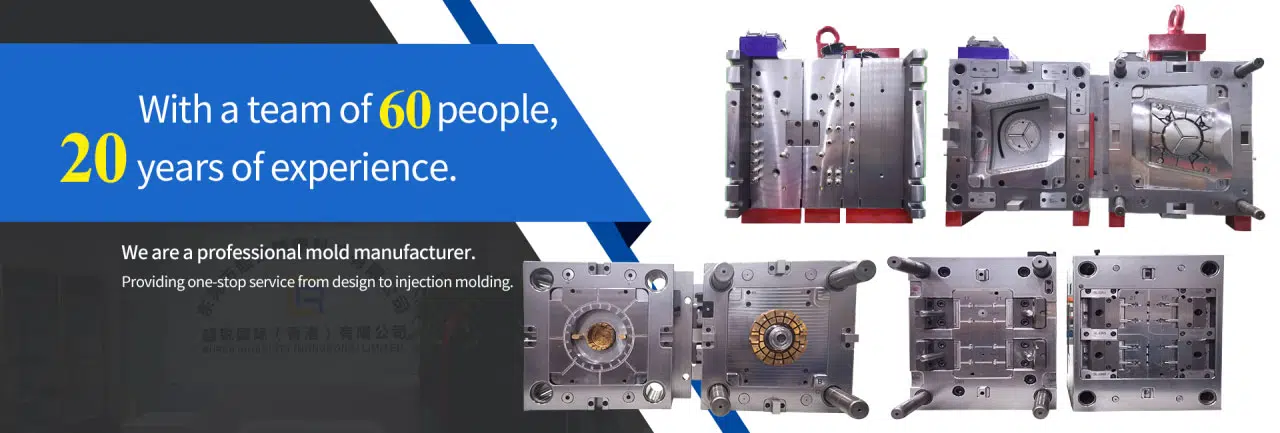
# Rapid Prototyping Techniques for Efficient Product Development
Rapid Prototyping Techniques for Efficient Product Development
In today’s fast-paced business environment, rapid prototyping has become an essential tool for companies looking to accelerate their product development cycles. This approach allows designers and engineers to quickly create physical models of their concepts, test functionality, and gather valuable feedback before committing to full-scale production.
What is Rapid Prototyping?
Rapid prototyping refers to various techniques used to fabricate scale models of physical parts or assemblies using three-dimensional computer-aided design (CAD) data. These methods enable teams to quickly iterate on designs, reducing development time and costs while improving the final product quality.
Key Benefits of Rapid Prototyping
- Faster time-to-market
- Reduced development costs
- Improved product quality
- Enhanced communication among teams
- Early detection of design flaws
Popular Rapid Prototyping Techniques
1. 3D Printing (Additive Manufacturing)
3D printing has revolutionized prototyping by allowing designers to create complex geometries that would be impossible or prohibitively expensive with traditional manufacturing methods. Various technologies exist, including FDM, SLA, and SLS, each with unique advantages for different applications.
Keyword: Rapid Prototyping
2. CNC Machining
Computer Numerical Control (CNC) machining remains a popular choice for creating high-precision prototypes from metals and plastics. While not as fast as some additive methods, CNC offers excellent material properties and surface finishes.
3. Vacuum Casting
This technique is ideal for producing small batches of prototypes that closely resemble final production parts. It involves creating silicone molds from master patterns and then casting polyurethane resins in various material properties.
4. Laser Cutting
For flat or layered components, laser cutting provides a quick and accurate way to create prototypes from sheet materials like acrylic, wood, or thin metals.
Implementing Rapid Prototyping in Your Workflow
To maximize the benefits of rapid prototyping, consider these best practices:
- Start with clear objectives for each prototype
- Choose the appropriate technology based on material requirements and complexity
- Document all iterations and feedback
- Involve stakeholders early in the process
- Balance speed with necessary quality for each stage of development
The Future of Rapid Prototyping
As technologies continue to advance, we can expect even faster turnaround times, improved material options, and greater integration with digital design tools. The combination of rapid prototyping with artificial intelligence and generative design promises to further transform product development processes across industries.
By adopting these techniques, companies can maintain their competitive edge, reduce risks, and bring better products to market more efficiently than ever before.